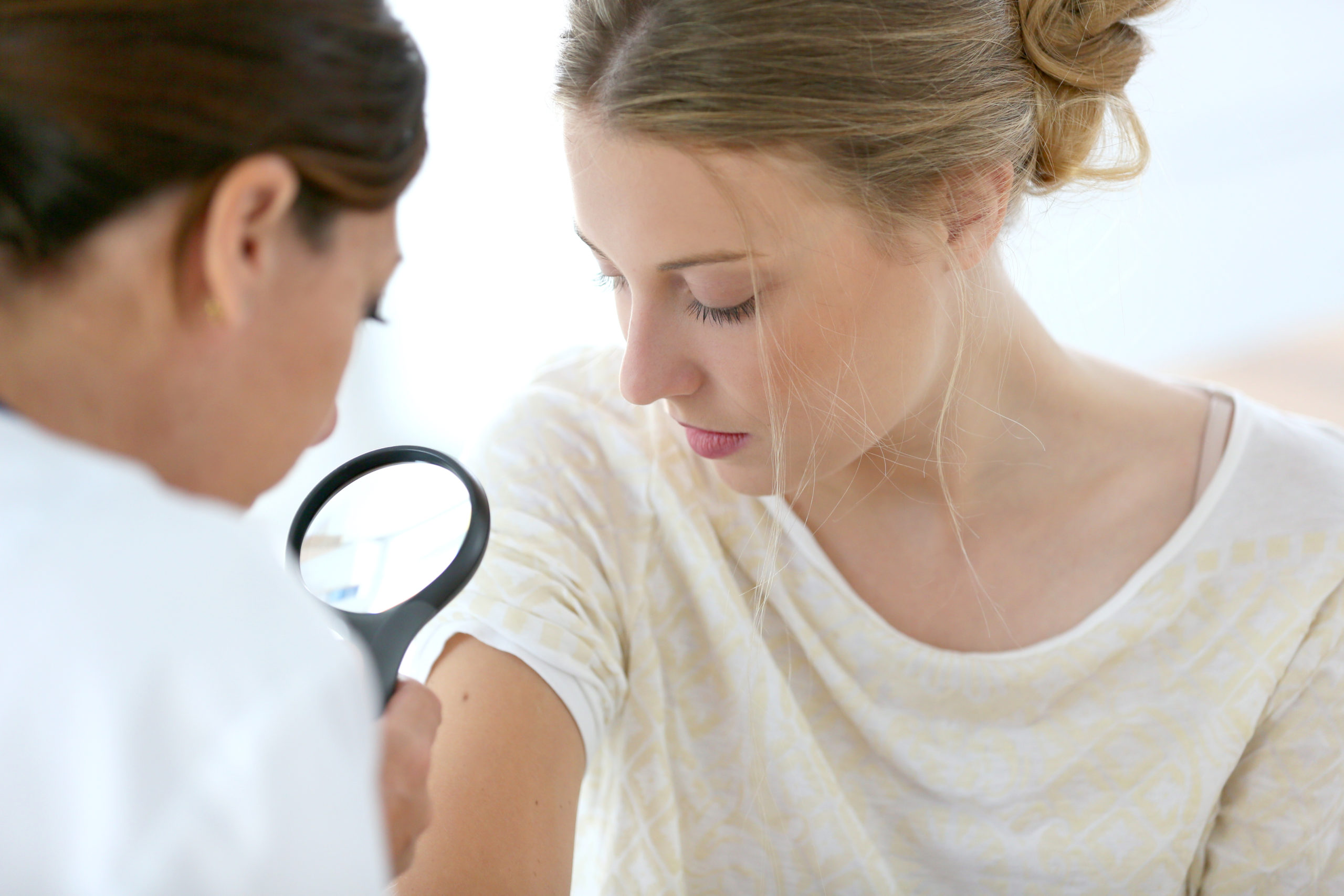There are more than 1.3 million cases of skin cancer diagnosed each year and an estimated 10,000 people in the US will die from skin cancer this year. Living in Florida increases this risk since sunlight and ultraviolet (UV) rays are primary causes of skin cancer. Other causes include genetics and immune system problems.
Who Is At Risk For Skin Cancer?
People living in warm climates, those that have a history of sunburn or sun exposure and family history all play a role in the risks associated with this disease.
Unless you’re a trained specialist, it may be impossible to tell the difference between a healthy mole or spot and something that is potentially skin cancer. Because early skin cancer diagnosis is so important, there is no substitute for a comprehensive dermatological examination, which Medicare and commercial insurance cover.




